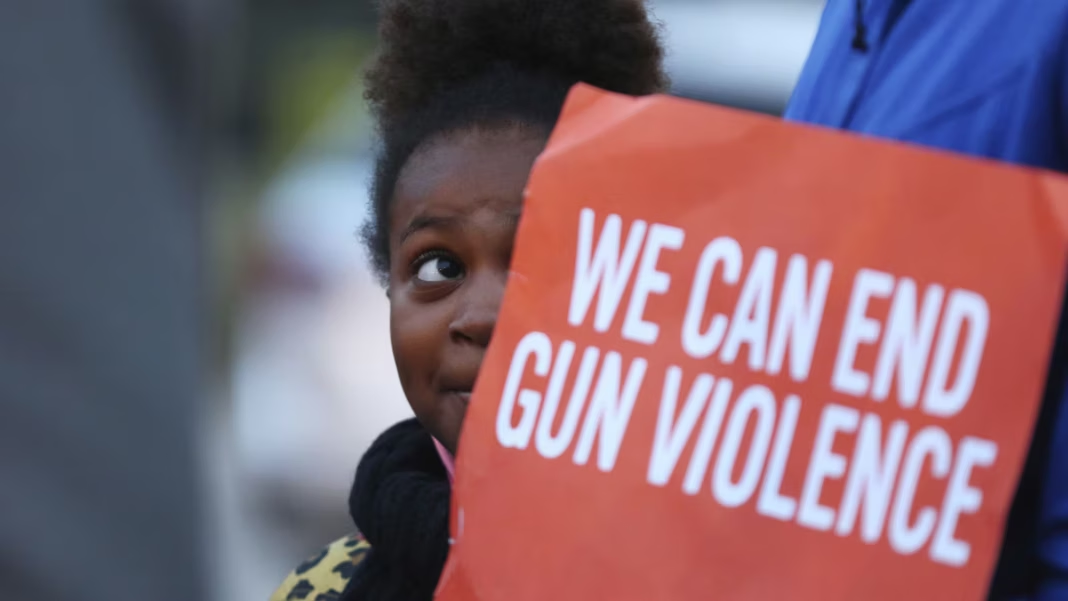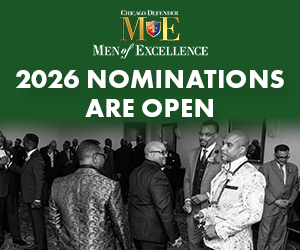Cook County Board President Toni Preckwinkle has unveiled a $25 million funding package to reduce gun violence and support survivors throughout Chicago and suburban Cook County. The money, distributed via the Justice Advisory Council, is divided between two initiatives: the Cook County Community Violence Intervention program, which receives $20 million, and the Cook County Wraparound Services for Survivors of Gun Violence program, which is allocated $5 million. Twenty-eight community-based organizations will be awarded grants to broaden and deepen efforts including street outreach, case management, trauma-informed therapy, and immediate crisis response. This funding marks another step in the County’s pivot away from solely relying on the criminal justice system and toward a wider public health and community investment model for confronting gun violence.
The County reports that this latest effort extends the over $110 million in American Rescue Plan dollars that strengthened violence-prevention systems during the pandemic. The Medical Examiner’s Office has noted that gun homicides in Cook County have dropped 35 percent from the same date last year and are down 45 percent from the 2021 peak. President Preckwinkle underlined the need to do more than acknowledge the trend; she said it must be fortified with ongoing funding. “We must continue to invest in the trusted local partners who are already keeping this decline moving in the right direction,” she explained. She cited both statistical evidence and voices from the community to show that services for outreach and care for survivors interrupt the cycles that too often lead to more violence.
The 18 groups now funded through CC-CVI already know the hardest-hit corners of the city, many having built trust over years in places where support has too often faded. They run programs that connect young people with mentors, guide justice-involved residents into fair job paths, and field violence interrupters who step in at the flashpoint to slow the cycle before it ignites again. At the same time, 10 organizations funded through CC-SGV will widen their reach to families and individuals who have just lived through gunfire. They will keep trauma rooms open, connect trusted therapists, secure emergency places to stay, and deliver the direct cash support that keeps people afloat when systems are ringing busy.
Officials stress that the effort goes beyond emergency response. It plants a patient stake in the steadiness of neighborhoods. Grants will let groups hire and train more staff and, wherever possible, hire the neighbors who know the street corners the best. Those same neighbors will staff outreach, staff hotlines, and guide shoreline medical teams; their own rent checks will, in small but meaningful ways, steady the very places that once bore the highest gunfire. When the next funding round inevitably arrives, that seed will have already taken root: more trauma clinics open after hours, more teams racing to a posted shot-spotter ping, and more advocates still holding a handed-down phone number weeks after the sirens. Those quiet, familiar constants can redraw the everyday feel of a whole block, not just once, but day after day, year after year.
County leaders see the declining gun-homicide rate as reason to act now and decisively. The new $25 million investment signals a deliberate turn away from after-the-fact responses and toward prevention framed as a public health challenge. By channeling funds straight to grassroots organizations already woven into the fabric of the community, the plan seeks to spare lives in the immediate term while nurturing stronger, more resilient neighborhoods over the long haul. Officials tout this approach as a piece of a wider vision: to guarantee every Cook County community, no matter the zip code, the same level of access to healing services, safety, and pathways of opportunity.




